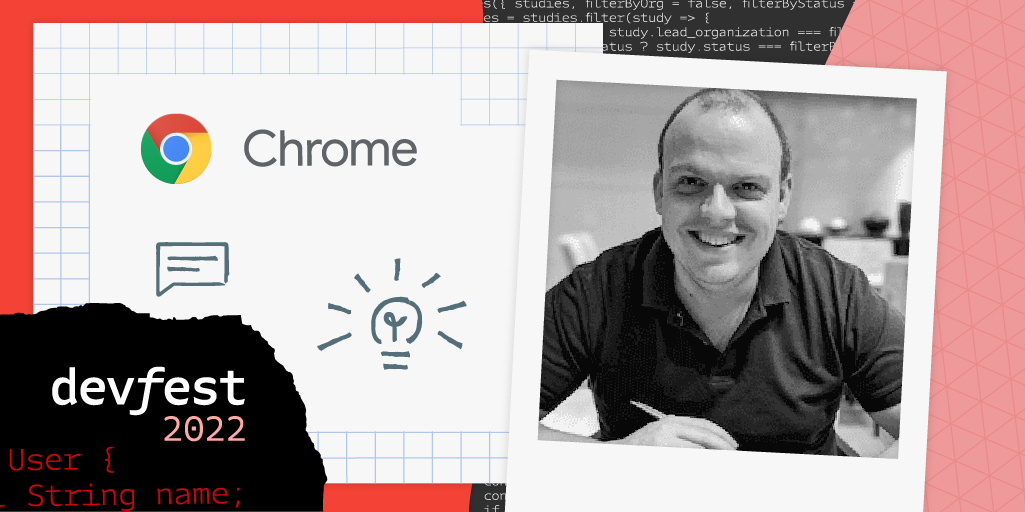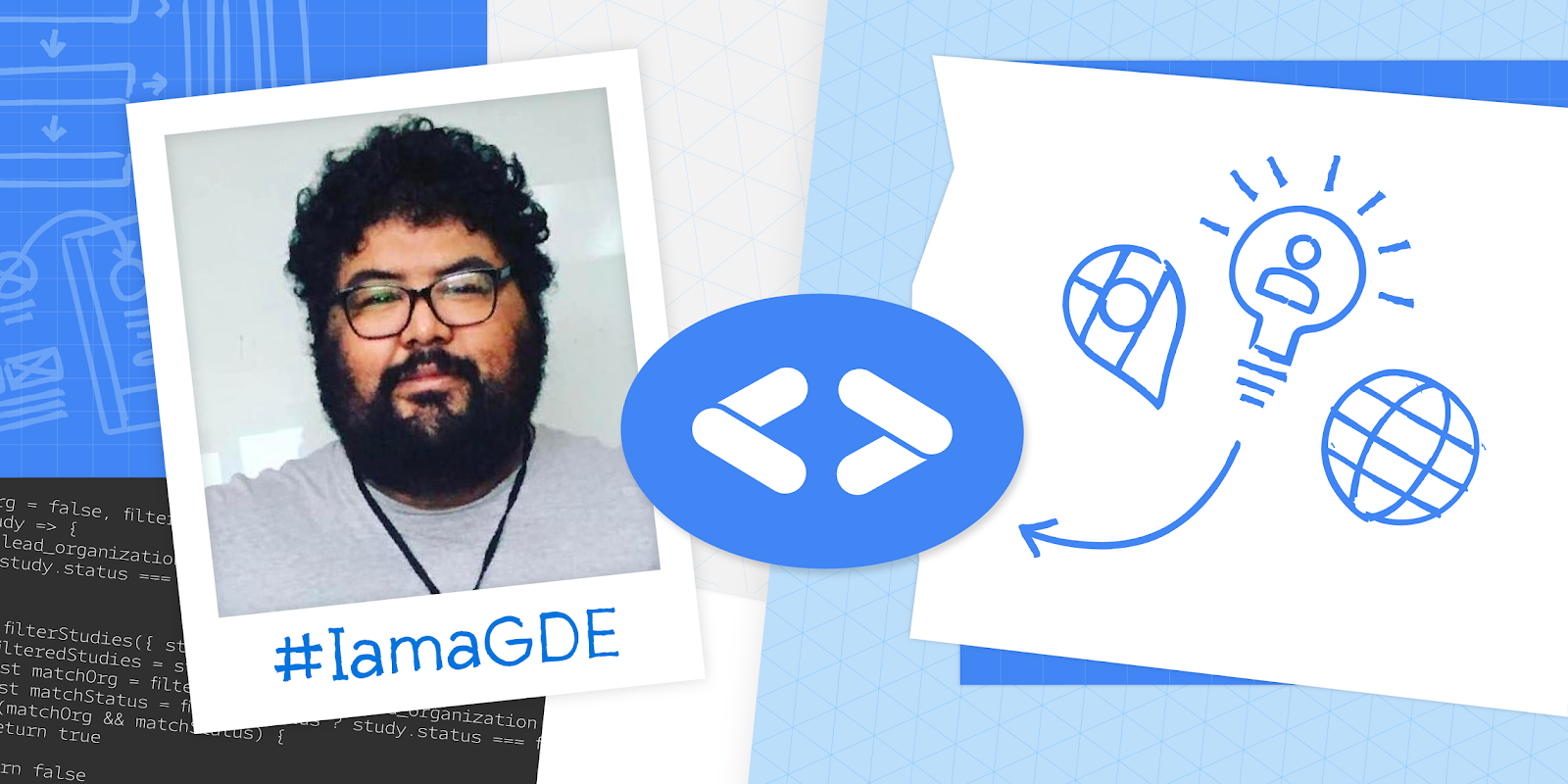Posted by Kevin Hernandez, Developer Relations Community Manager
 | |
|
How he got started with his channel
Carlos started his blog with the primary mission of using it as a personal notebook that he could reference in the future. As he wrote increasingly, he started to notice that people were coming across his notebooks and sharing with others. This inspired him to record tutorials based on the topics of his blogs, but when he was beginning to record these tutorials, a secondary mission came to fruition: he wanted to make technical content accessible to the Spanish-speaking community. He reflects, “In the Spanish community, English is difficult for some people, so I started to create content in Spanish to eliminate barriers for people who are interested in learning new technologies. Learning new things is hard, but it’s easier when it’s in your natural language.”
In the beginning of his YouTube journey, he used the platform for side projects and would post irregularly. Then, 2 years ago, he started putting more effort into creating new content and started to post one video a week while promoting on social media. This change sparked more comments, and his view and total subscribers increased in tandem.
Tips and tricks he’s applied to his channel
Carlos leverages analytics data to adjust his strategy. He explains, “YouTube provides a lot of analytics tools to see if people are engaging and when they leave the video. So you can adjust your content and the timing (video length) because the timing is important.” The data taught Carlos that longer videos generally don’t do as well. He learned the ideal video length for lecture videos where he’s primarily speaking is about 6-8 minutes. But when it comes to tutorials, videos that are about 40 - 60 minutes in length tend to get more views.
Carlos has also taken advantage of YouTube Shorts, a short-form video-sharing platform. “I started to see that Shorts are great to increase your reach because the algorithm pushes your content to people who aren’t subscribed to your channel,” he pointed out. He recommends using YouTube Shorts as an effective way of getting started. When asked about other resources, Carlos mentioned that he primarily draws from his own experience but also turns to books and blogs to help with his channel and to stay up to date with technology.
Choosing video topics
Creating fresh weekly content can be a challenge. To address this, Carlos keeps a notebook of ideas and inspiration for his next videos. For example, he may come across a problem that lacks a clear solution at work and will jot this down. He also keeps track of articles or other tutorials that he feels can either be explained in a more straightforward way or can be translated into Spanish.
Carlos also draws inspiration from the comment section of his videos. He engages with his audience to show there is a real person behind the videos that can guide them. He adds, “this is one of the parts I like the most. They propose new ideas for content that I might’ve missed”.
Advice for starting a channel on technical topics
Carlos’ advice for people looking to start a channel based on technical content is simple: just get started. “If you’re creating great content, people will eventually reach you,” he comments. When he first started his channel, Carlos wasn’t preoccupied with the number of views, comments, or subscriptions. He started his content with himself in mind and would ask himself what kind of content he would want to see. He says, “As long as you’re engaged with the community, you’ll have a great channel. If you try to optimize the content for the algorithm, you’re going to go crazy.” He recommends new content creators start with YouTube Shorts, and once they gain an audience they can create more detailed videos.
It’s also necessary to spark conversation in the comments, and one way you can achieve this is through the title and description of your video. A great title that catches the attention of the viewer, sparks conversation, and implements keywords is essential. A simple way to do this is by asking a question in the title. For example, one of his videos is titled, “How do Promises and Async / Await function in JavaScript?” and also asks a question in the description. This video alone has 250+ comments with viewers answering the question posed by the title and the description. He’s also mindful of what keywords he’s including in his title and finds these keywords by looking at the most popular content with similar topics.
When asked about gear and equipment recommendations, he states that the most important piece of equipment is your microphone, since your voice can be more important than the image, especially if you’re filming a tutorial video. He goes on, “With time, you can update your setup. Maybe your camera is next and then the lighting. Start with your phone or your regular laptop - just start!”
So remember to just get started, and maybe in time, you’ll become the next big content creator for Machine Learning, Google Cloud, Android, or Web Technologies.
You can check out Carlos’ YouTube Channel, find him live on Twitch, or follow him on Twitter or Instagram.
The Google Developer Experts (GDE) program is a global network of highly experienced technology experts, influencers, and thought leaders who actively support developers, companies, and tech communities by speaking at events and publishing content.


